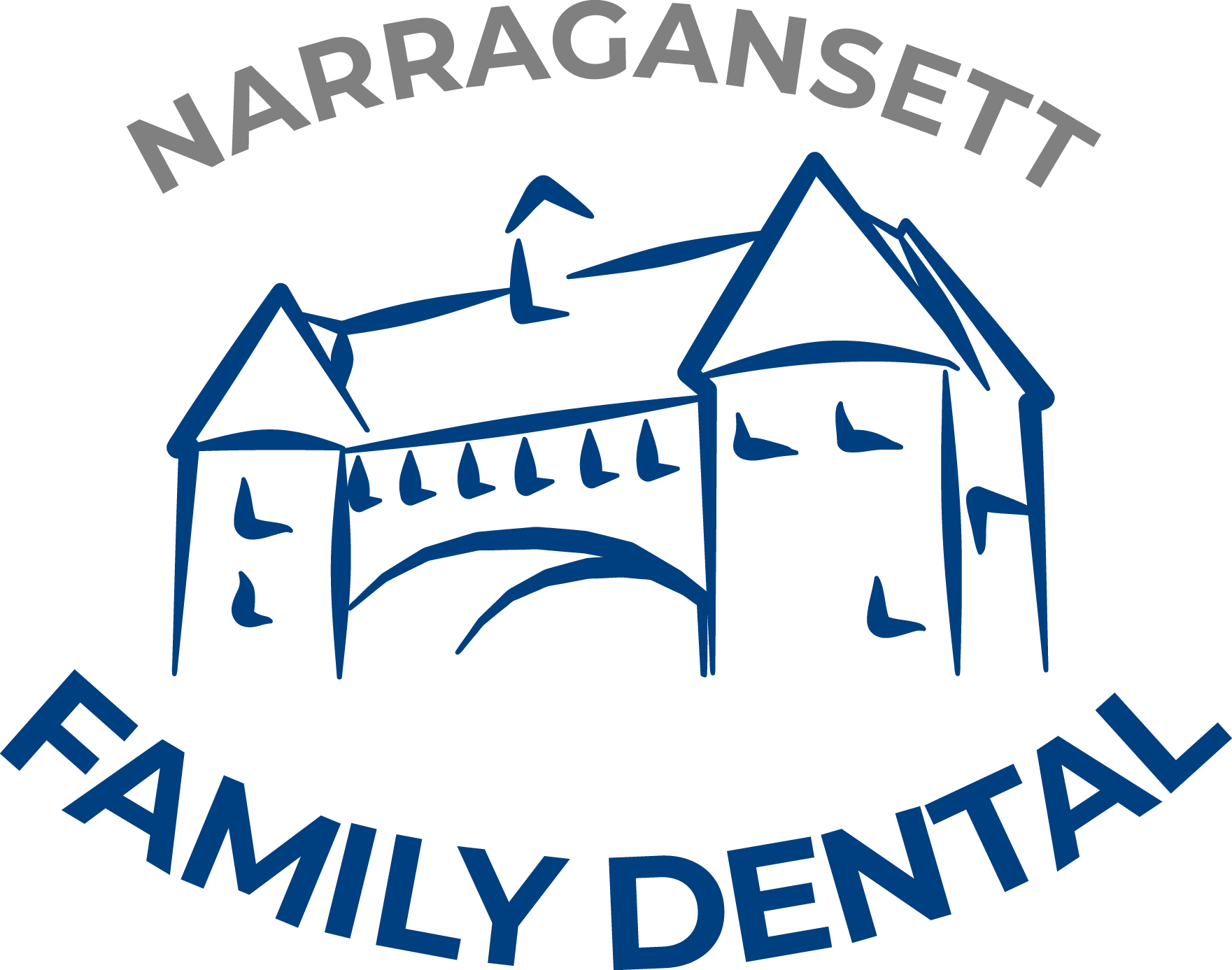Gum Recession
One of the defining characteristics of gum disease is the detachment of the gum tissue from the surfaces of the teeth.

Table of Contents
Gum Disease Symptoms: Treatment for Receding Gums
One of the defining characteristics of gum disease is the detachment of the gum tissue from the surfaces of the teeth. When this happens, pockets form along the gum line and trap plaque and bacteria, which further exacerbate the problem. Over time, the tissue can gradually wear away and result in a receding gum line. At this stage, patients are often advised to seek laser treatment. However, this will only treat the infection, not restore the gum line. Additional treatment for receding gums may also be needed.
What Are the Treatment Options for Gum Disease?
There are several methods of treatment for receding gums that are available for today’s patients. The type of treatment you receive will depend on the nature and severity of your condition. Some of these options include:
- Reducing Pocket Depths – With this procedure, we will fold back the gum tissue to gain access to underlying deposits of plaque, tartar, and bacteria. Once these deposits are removed, the tissue is placed over the tooth root and secured in place.
- Regeneration – After a pocket depth reduction procedure, a regenerative material such as membrane or graft tissue can be used to stimulate regrowth of bone and soft tissue in the area.
- Gum Graft – This treatment for receding gums involves taking a tissue sample from one area of the mouth and grafting it onto the gum line in need. This helps to raise the gum line to a higher and healthier level.
How Can You Prevent Gum Recession?
Of course, treatment for receding gums is not necessary if gum recession is prevented. This can be done by following these steps:
- Brush with an electric toothbrush at least twice a day
- Floss at least once a day
- Visit your dentist at least twice a year for professional cleanings
- Avoid tobacco products and oral piercings
- Eat healthy
- Monitor teeth grinding
Gum disease is one of the main causes of gum recession. If you are currently suffering from gum disease and are in need of laser treatment, contact us today!
Gum Recession FAQs
Gum recession is caused by a variety of factors, including periodontal diseases (chronic bacterial infections that damage gum tissue and supporting bone), aggressive tooth brushing (using a hard-bristled toothbrush or brushing too forcefully), poor oral hygiene (leading to plaque and tartar buildup), hormonal changes (such as during pregnancy, menopause, or puberty), tobacco use (smoking or chewing tobacco), teeth grinding or clenching (putting excessive force on the teeth and gums), and misaligned teeth (causing uneven pressure on the gums and bone). Genetic predisposition can also affect an individual’s susceptibility to gum recession.
Gum recession is not reversible, meaning that the gum tissue that has receded cannot grow back. However, treatments are available to manage the condition and restore the gum line. Procedures such as gum graft surgery can cover exposed roots, protect teeth, and improve the appearance of the gums. Maintaining good oral hygiene, addressing the underlying causes, and following a dentist’s recommendations can help prevent further recession and manage the condition effectively.
Yes, gum recession can lead to tooth loss if left untreated. When the gums recede, the tooth roots become exposed, making them more susceptible to decay and infection. Additionally, the supporting bone and tissue structures around the teeth can become damaged due to bacterial buildup in the gaps created by receding gums. Over time, this damage can weaken the teeth’s foundation, leading to loose teeth and potentially resulting in tooth loss. Early detection and treatment are crucial to prevent these severe consequences.
